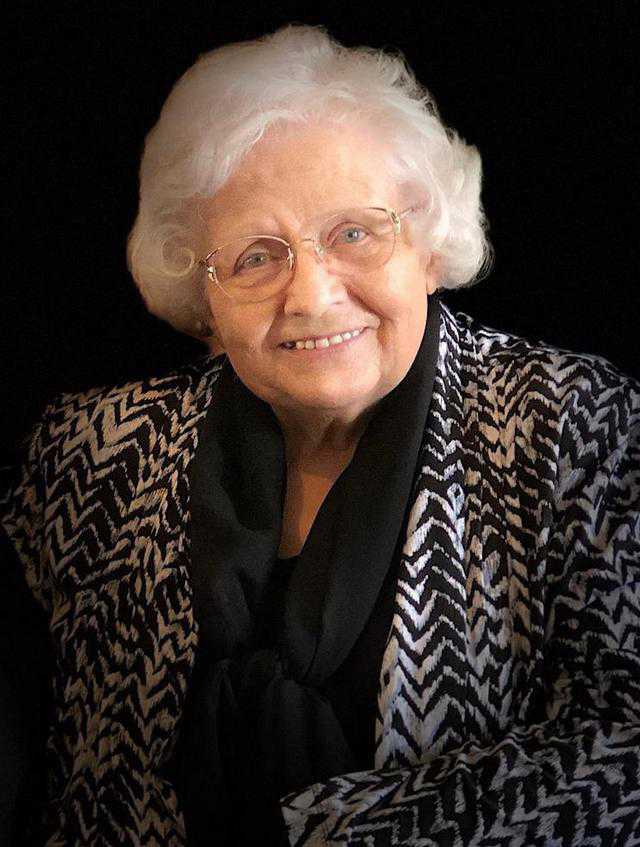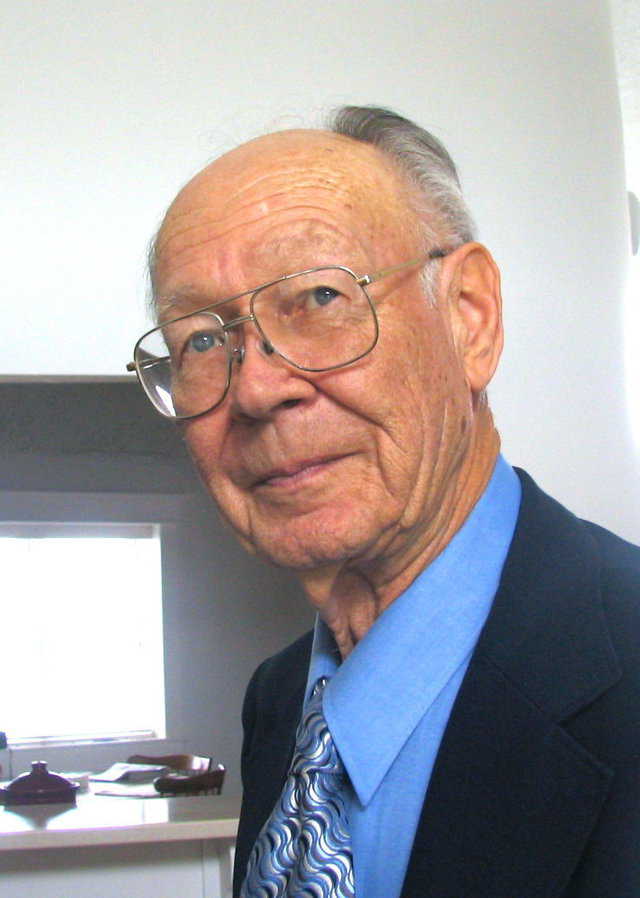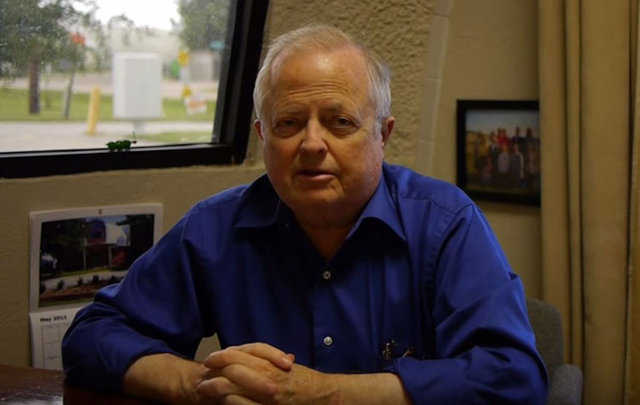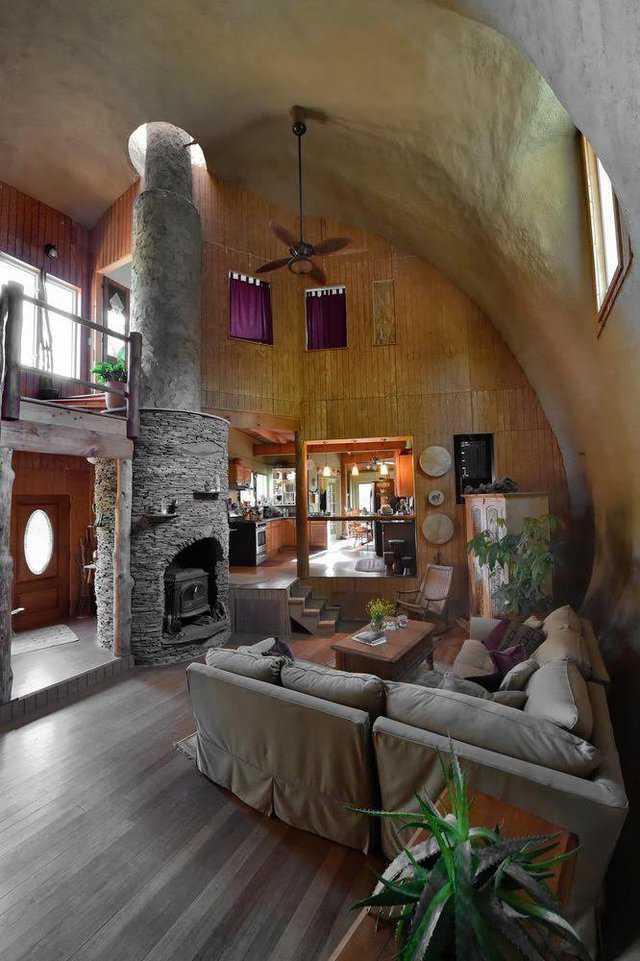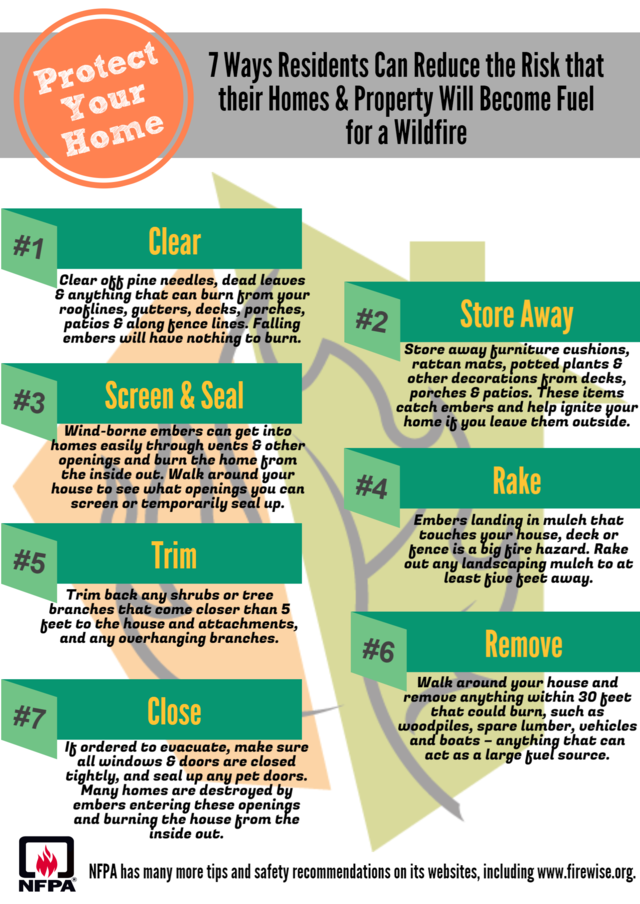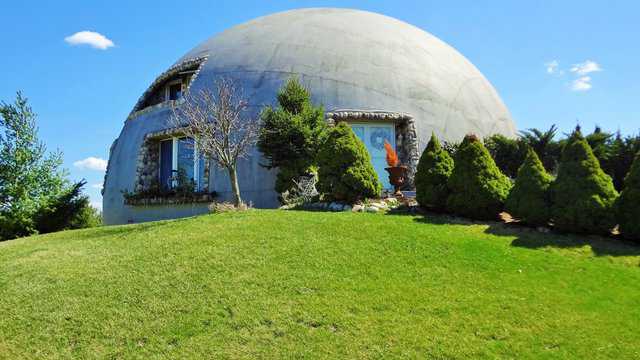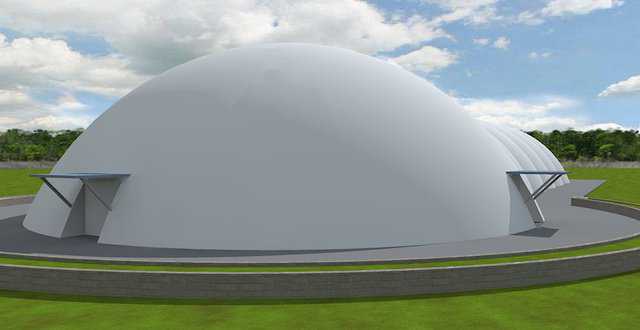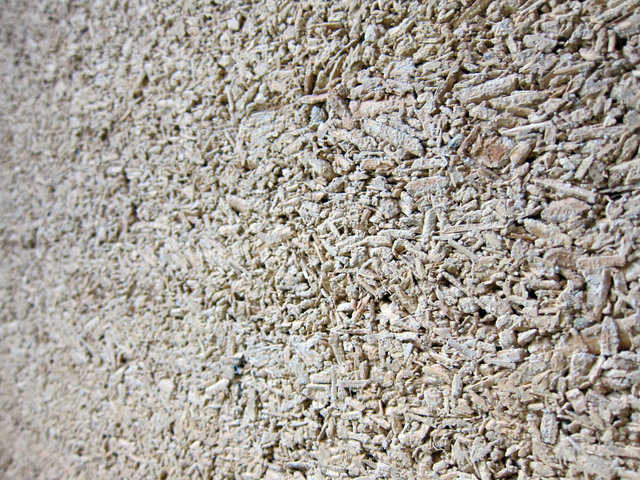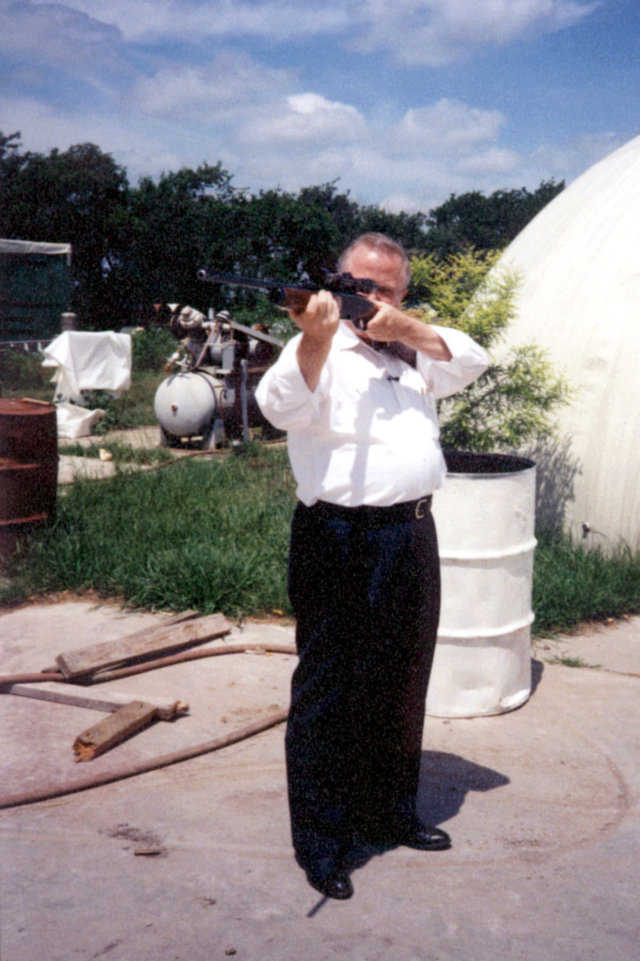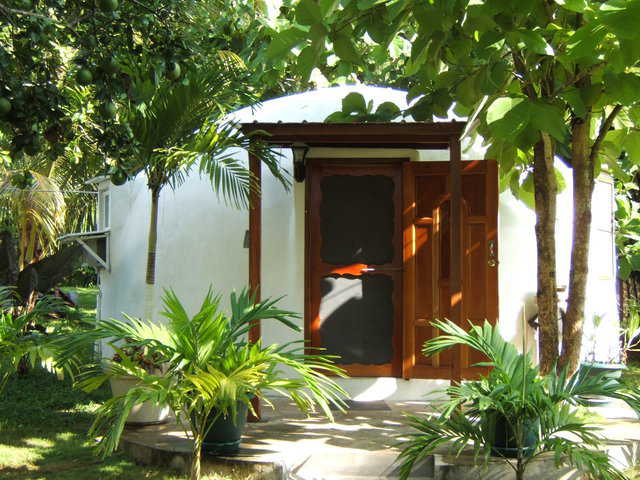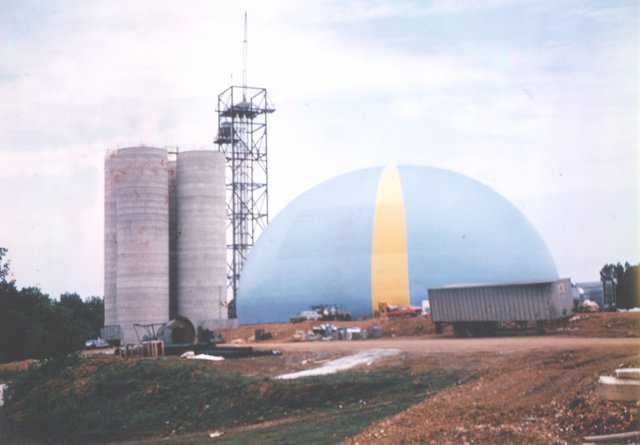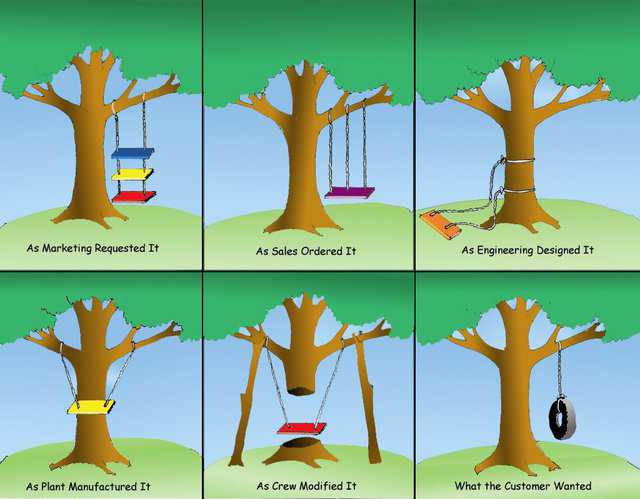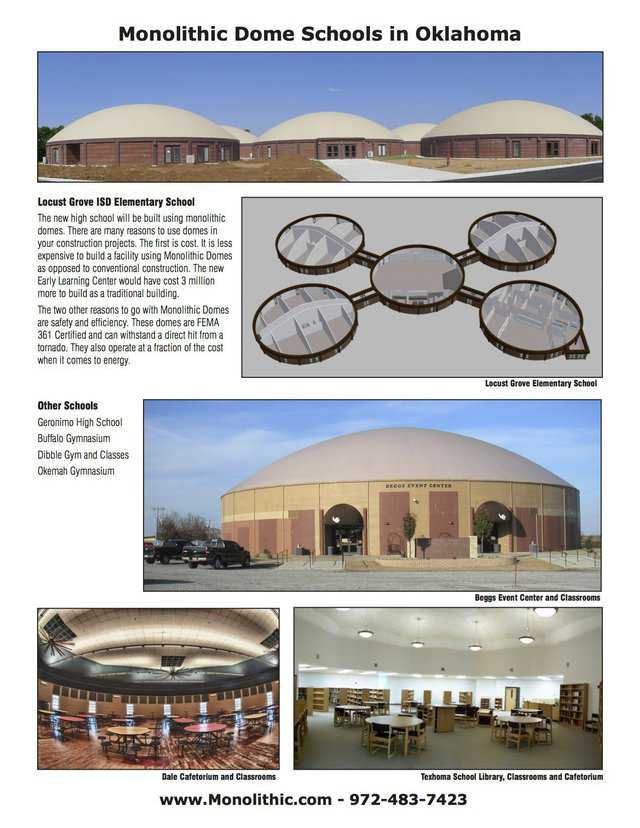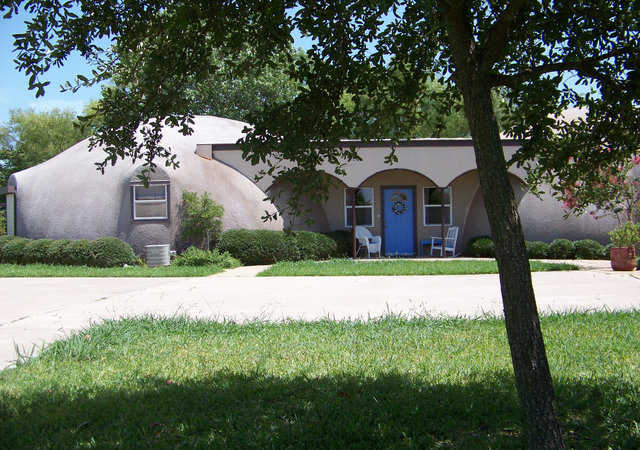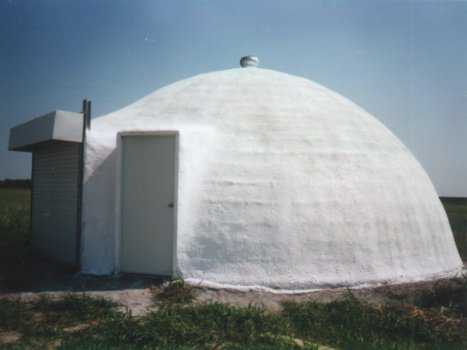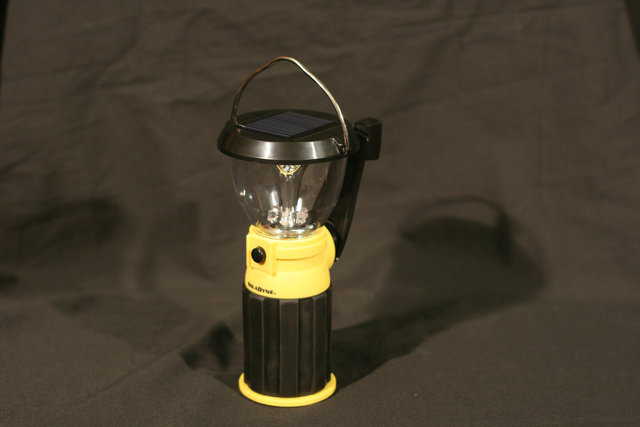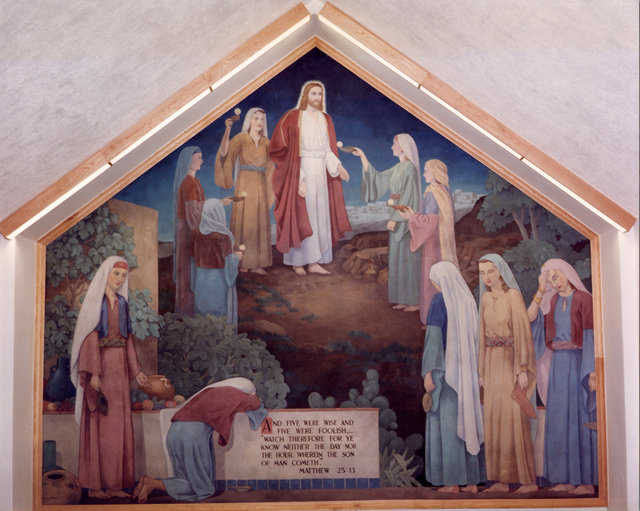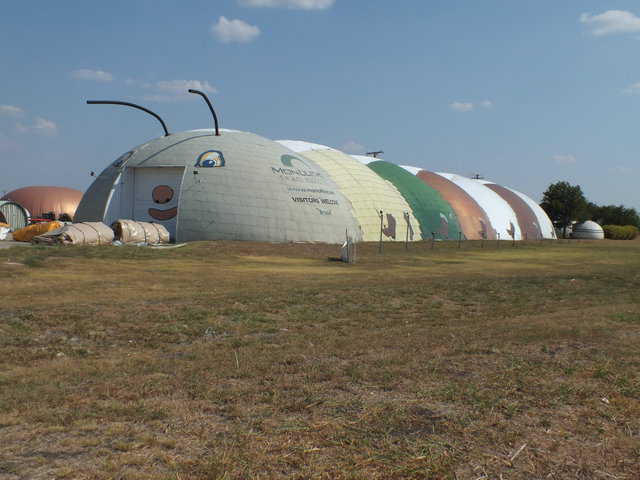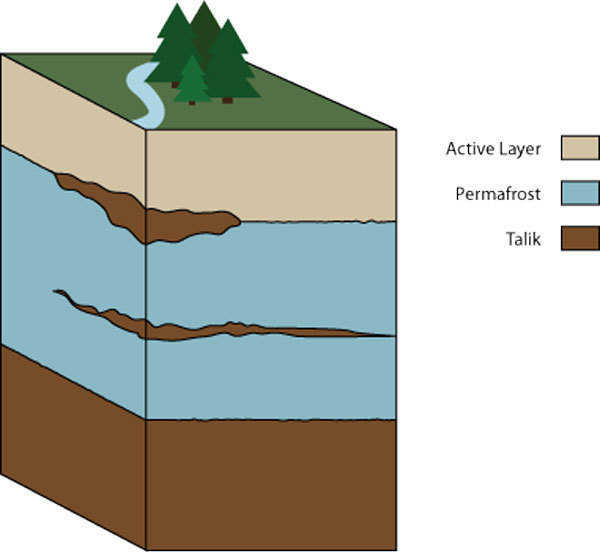The President’s Sphere
David B. South, co-inventor of the Monolithic Dome and founder and president of Monolithic, works hard at spreading the word about Monolithic Domes, sharing information and providing suggestions. In the President’s Sphere, David talks about topics related specifically to the construction and care of Monolithic Domes, such as the super insulation and energy efficiency of the domes, their ability to survive virtually any natural or manmade disaster, and Monolithic’s ongoing research and testing of new products. In addition, David talks about and offers solutions to social problems and concerns, such as our nation’s dire need for safe, clean, affordable housing. We invite you to frequently visit the President’s Sphere and review the articles as they’re added.
